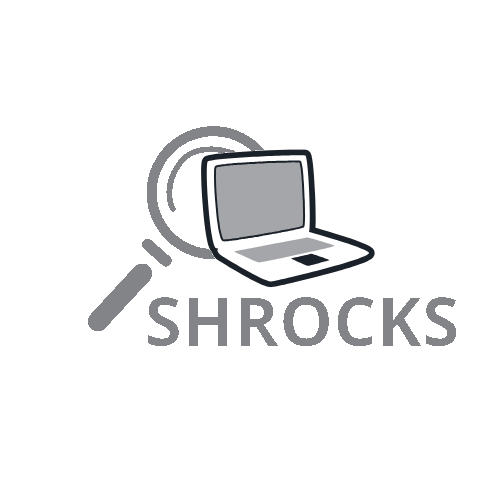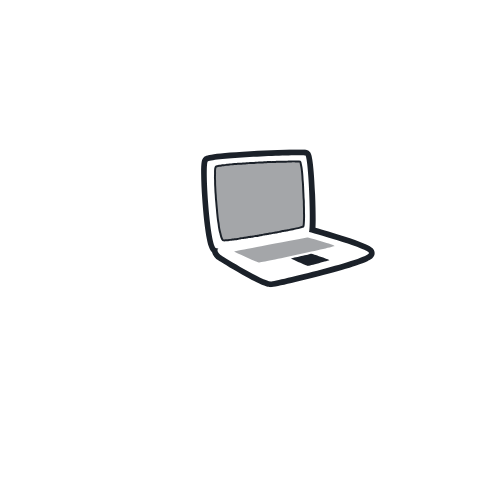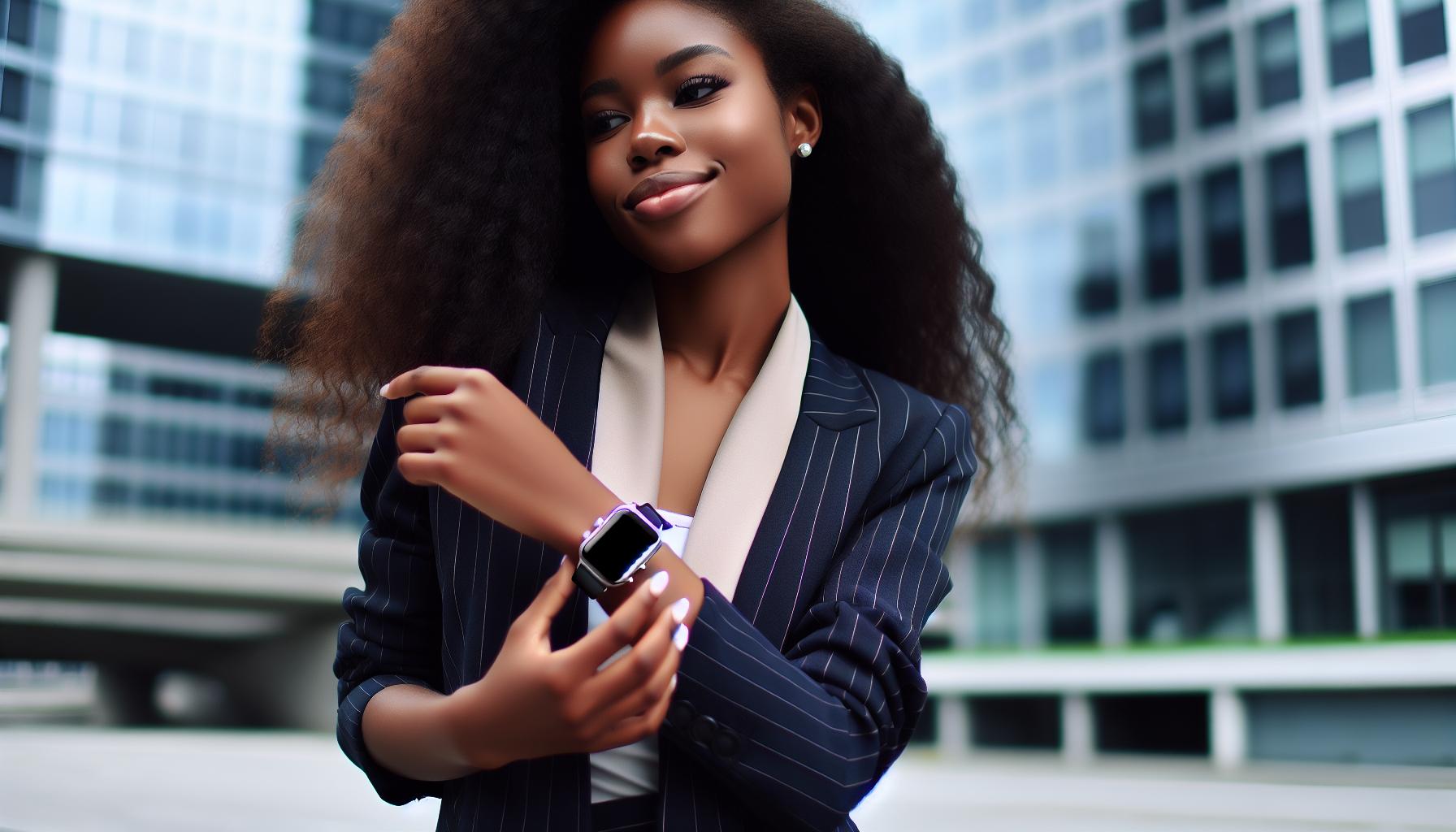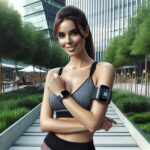In a world where fashion meets function, wearable tech is stealing the spotlight. Gone are the days when gadgets were merely tucked away in pockets or bags. Now, they’re strutting down the runway, blending seamlessly with haute couture. Imagine a smartwatch that not only tracks your steps but also matches your outfit—talk about multitasking!
As technology continues to evolve, so does the way we express ourselves through style. Wearable tech fashion isn’t just about looking good; it’s about feeling empowered. From smart glasses that make you look like a futuristic superhero to fitness trackers that double as chic bracelets, the possibilities are endless. So why not embrace this trend? After all, who wouldn’t want to be the trendsetter that turns heads while staying connected?
Wearable Tech Fashion
Wearable tech fashion blends innovation with style. This integration allows consumers to express themselves while benefiting from advanced functionalities. Designers create pieces that seamlessly incorporate technology, resulting in items that enhance daily life.
Smartwatches serve as a prime example, offering notifications and health tracking while complementing various outfits. Fitness trackers, designed to look like jewelry, appeal to style-conscious individuals seeking functionality. These accessories promote an active lifestyle while emphasizing personal style.
The popularity of fitness and health monitoring has driven the demand for wearables. Consumers value the ability to track their wellness without sacrificing aesthetics. Fashion brands increasingly partner with tech companies, leading to unique collaborations that redefine what fashion looks like.
Customization options enhance the appeal of wearable tech. Users can often alter watch bands, smartwatch faces, and fitness tracker designs to fit their personal tastes. This adaptability encourages broader acceptance and integration into everyday wardrobes.
Fashion shows and events increasingly showcase wearable tech, highlighting its growing significance. Designers present collections that blend smart fabrics and interactive designs to captivate audiences. With each season, the presence of technology in fashion becomes more pronounced, signaling a shift in consumer preferences.
Future advancements will likely further blur the lines between fashion and technology. Innovations in materials and designs promise even greater integration, expanding the potential of wearable tech. Expect to see increased functionality combined with appealing aesthetics, as this trend is set to flourish.
Key Players in Wearable Tech Fashion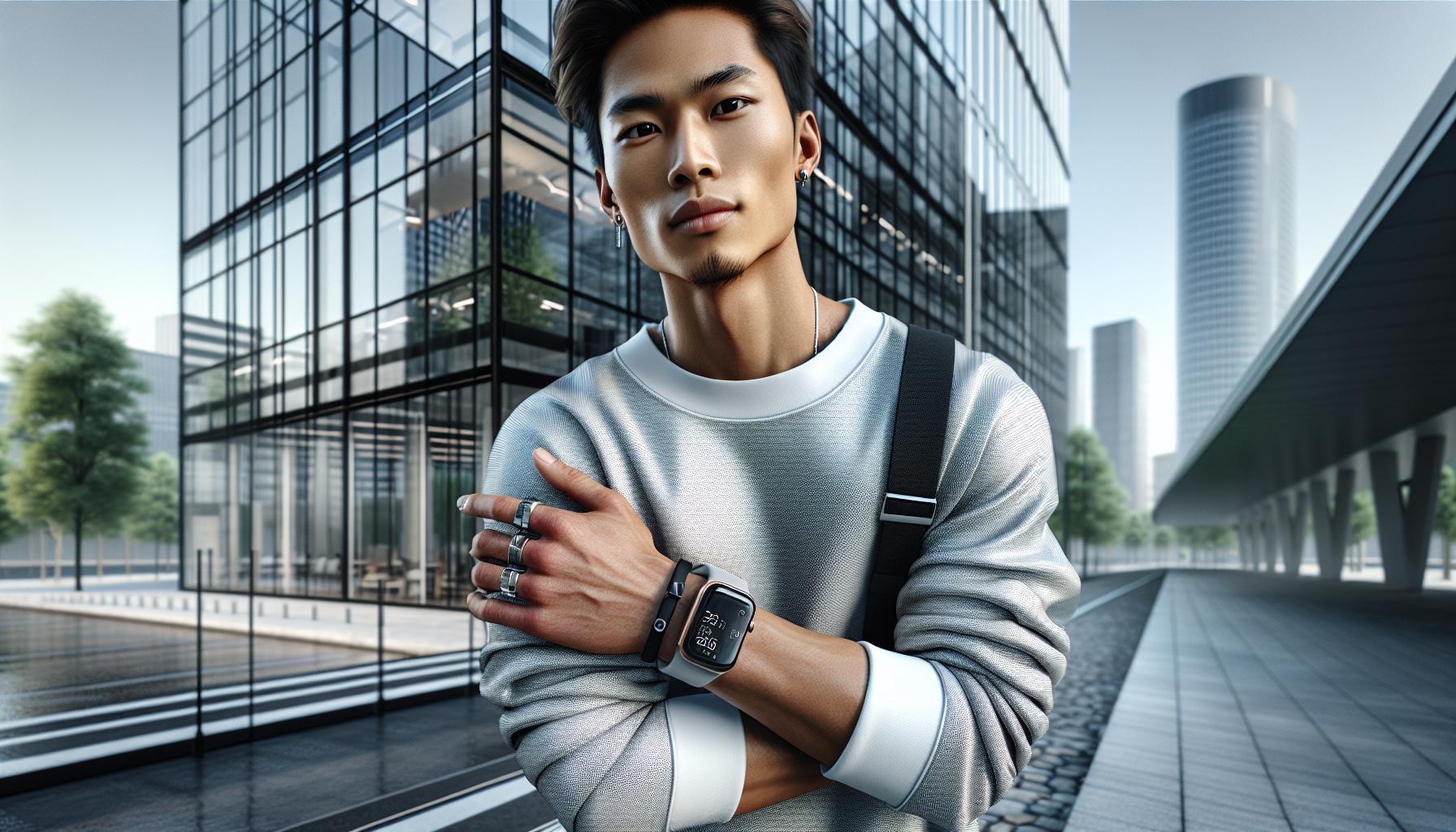
Leading the charge in wearable tech fashion, key players shape the industry’s direction and innovation. Established brands and emerging designers play crucial roles in this evolving landscape.
Established Brands
Top companies like Apple, Fitbit, and Samsung have integrated wearable technology seamlessly into fashion. Apple’s smartwatches combine cutting-edge design with advanced health features, appealing to consumers seeking both style and functionality. Fitbit offers fitness trackers that prioritize aesthetic appeal, often resembling chic jewelry rather than typical gadgets. Samsung’s Galaxy wearables showcase a blend of innovation and elegance, attracting a diverse audience. These established brands focus on creating devices that enhance user experience while complementing personal style.
Emerging Designers
Numerous emerging designers are redefining wearable tech fashion with their creative visions. Brands like Oura and Ringly are crafting unique pieces that merge technology with personal expression. Oura’s smart ring, for example, tracks sleep and activity levels while appearing as a fashionable accessory. Ringly produces stylish rings that provide smartphone notifications, enhancing daily life with elegance. These designers emphasize customization, allowing users to express their individual styles. The fresh perspectives they bring challenge traditional norms, fostering growth in the wearable tech fashion market.
Trends in Wearable Tech Fashion
Wearable tech fashion is evolving rapidly, showcasing innovative designs that merge style with functionality. The industry’s focus on smart textiles and seamless integration continues to reshape personal expression and lifestyle choices.
Smart Fabrics
Smart fabrics enhance functionality and comfort, allowing for a dynamic range of wearables. These textiles incorporate sensors that monitor vital signs, adjusting temperature or providing feedback. Advanced materials like conductive fibers enable connectivity and interactivity, enabling garments to respond to body movements or environmental changes. Designers are increasingly using these fabrics in athleisure collections, making performance wear look trendy while offering advanced features. The rise of smart fabrics reflects a commitment to both aesthetic appeal and user convenience, enhancing the wearer’s overall experience.
Integration with IoT
Integration with IoT creates a network of connected devices, amplifying wearable tech’s capabilities. These devices communicate with smartphones, smart home systems, and other wearables, allowing users to manage their health and lifestyle cohesively. Smart accessories, such as fitness trackers and health monitors, provide real-time data and notifications, putting users in control. As wearables evolve, their integration with IoT enhances personalization, enabling tailored experiences. The collaboration between fashion brands and tech companies fuels this trend, making connected styles essential for modern life.
Benefits of Wearable Tech Fashion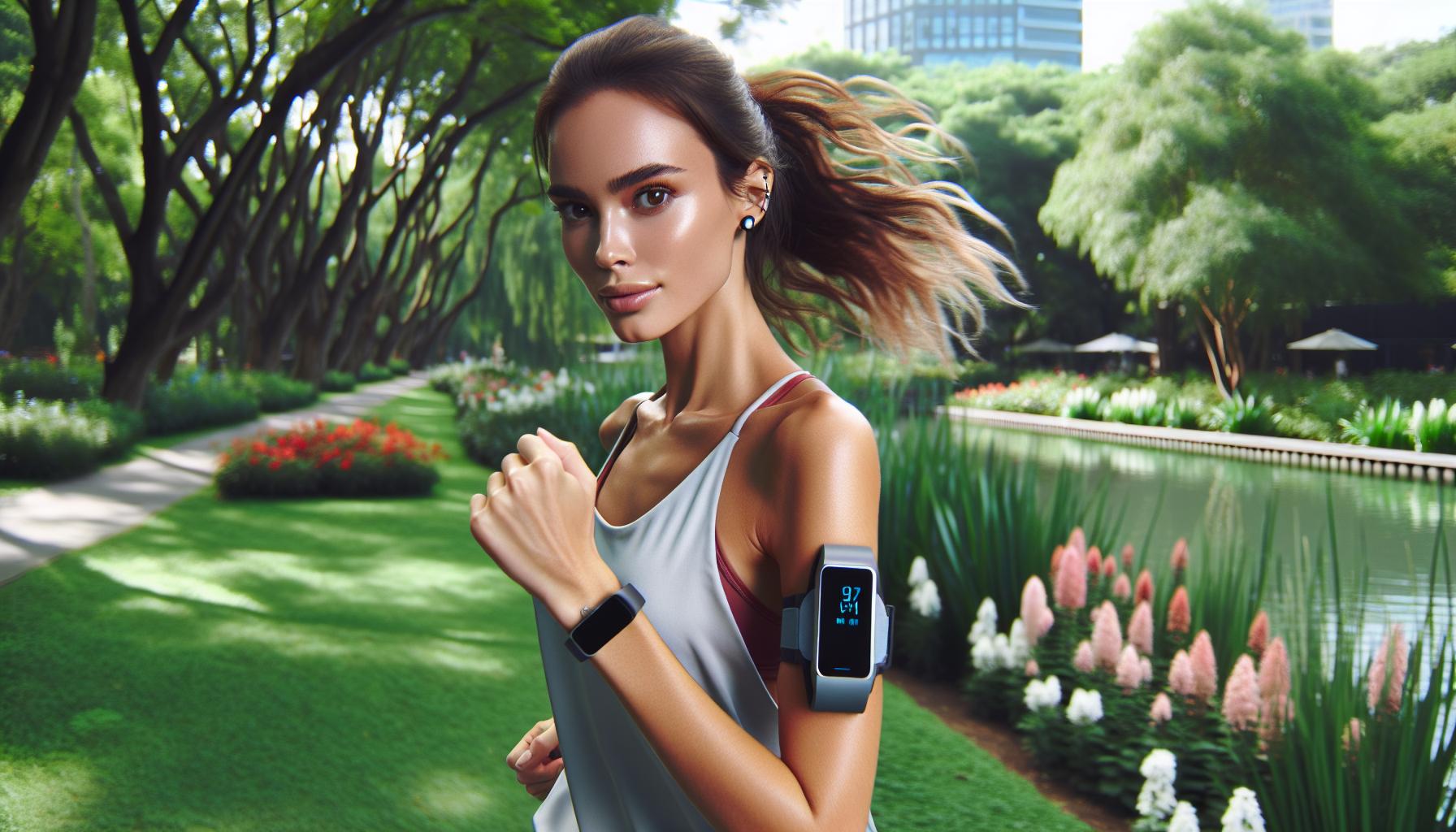
Wearable tech fashion offers numerous advantages, enhancing both lifestyle and personal expression. Users benefit from innovative features that blend seamlessly into their daily routines.
Health Monitoring
Health monitoring stands as a primary benefit of wearable tech fashion. Devices like fitness trackers and smartwatches provide real-time health metrics, including heart rate, sleep patterns, and activity levels. These gadgets help users meet fitness goals by tracking progress over time. Advanced sensors in smart fabrics can even monitor vital signs, responding to the body’s needs. Regular health assessments through wearables empower individuals to make informed lifestyle choices. With the ability to alert users about potential health issues, wearable tech truly revolutionizes personal wellness. Accessibility to health data can motivate users to adopt healthier habits, ultimately enhancing quality of life.
Enhanced Connectivity
Enhanced connectivity represents another significant advantage of wearable tech fashion. Smart devices facilitate seamless communication, allowing users to receive notifications and messages directly on their wrists. This feature minimizes the need to constantly check smartphones, promoting a more organized lifestyle. Wearables can also sync with other smart home devices, creating a cohesive ecosystem for managing daily tasks. With voice commands and touchscreens, users can interact with technology effortlessly. Connectivity extends beyond simple notifications, enabling users to track personal finance and manage schedules. Overall, wearable tech enhances connectivity, ensuring users remain engaged while expressing their personal style.
Challenges in Wearable Tech Fashion
Wearable tech fashion faces several challenges impacting its growth and acceptance in the industry.
Design Limitations
Design limitations hinder the widespread adoption of wearable tech fashion. Aesthetics often clash with technology, making it hard to produce stylish pieces that incorporate advanced functionalities. Users frequently want devices that blend seamlessly with their wardrobe. Designers sometimes struggle to create products that are both fashionable and comfortable. Moreover, small screens on smart devices limit interaction and usability. Weight can also be an issue; many users favor lightweight options over bulky designs that sacrifice style. These constraints challenge brands to evolve while maintaining appeal.
Market Adoption
Market adoption for wearable tech experiences obstacles as well. Consumer awareness remains low; many potential users lack understanding of wearable technology’s benefits. Price points impact affordability, often discouraging new customers. Competition from traditional fashion accessories complicates decisions for consumers. Additionally, some consumers remain skeptical about the long-term functionality of wearables, making them hesitant to invest. Marketing strategies have not sufficiently showcased the advantages of these devices. Collectively, these factors create barriers to greater acceptance of wearable tech in fashion.
The fusion of fashion and technology is reshaping how individuals express themselves while enhancing their daily lives. Wearable tech fashion not only elevates personal style but also empowers users with valuable functionalities. As the industry evolves, innovative designs and smart fabrics will continue to redefine what it means to wear technology.
With major brands and emerging designers collaborating to create chic and functional pieces, the future of wearable tech looks bright. Embracing this trend allows individuals to stay connected and fashionable, making it an essential aspect of modern living. The journey of wearable tech fashion has just begun, and its potential is limitless.
